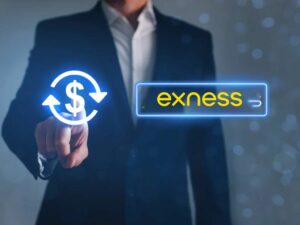Efficient and reliable trading requires a robust infrastructure. The Exness server system plays a crucial role in ensuring seamless connectivity and minimal latency for traders worldwide. This guide delves into the technical details, server architecture, and practical applications of the Exness server network, helping you maximize your trading efficiency.
The Exness server list is a catalog of dedicated trading servers that support Exness clients across various trading platforms, including MetaTrader 4 (MT4) and MetaTrader 5 (MT5). Each server is optimized to deliver fast order execution, high uptime, and secure data transfer, tailored for different account types and regions.
The Role of Servers in Online Trading
In forex and CFD trading, servers facilitate the execution of trades by connecting the trader’s platform to liquidity providers. Key functions include:
- Processing buy and sell orders.
- Ensuring real-time price updates.
- Managing trading account information securely.
Latency, or the delay between order placement and execution, is directly influenced by the proximity of servers to traders and their technical setup. Exness addresses this by strategically distributing servers globally.
Overview of Exness Server Architecture
Exness maintains a geographically distributed server network to minimize latency. Servers are strategically located in financial hubs such as London, Singapore, Frankfurt, and Johannesburg. This setup ensures traders from different regions can access low-latency connections.
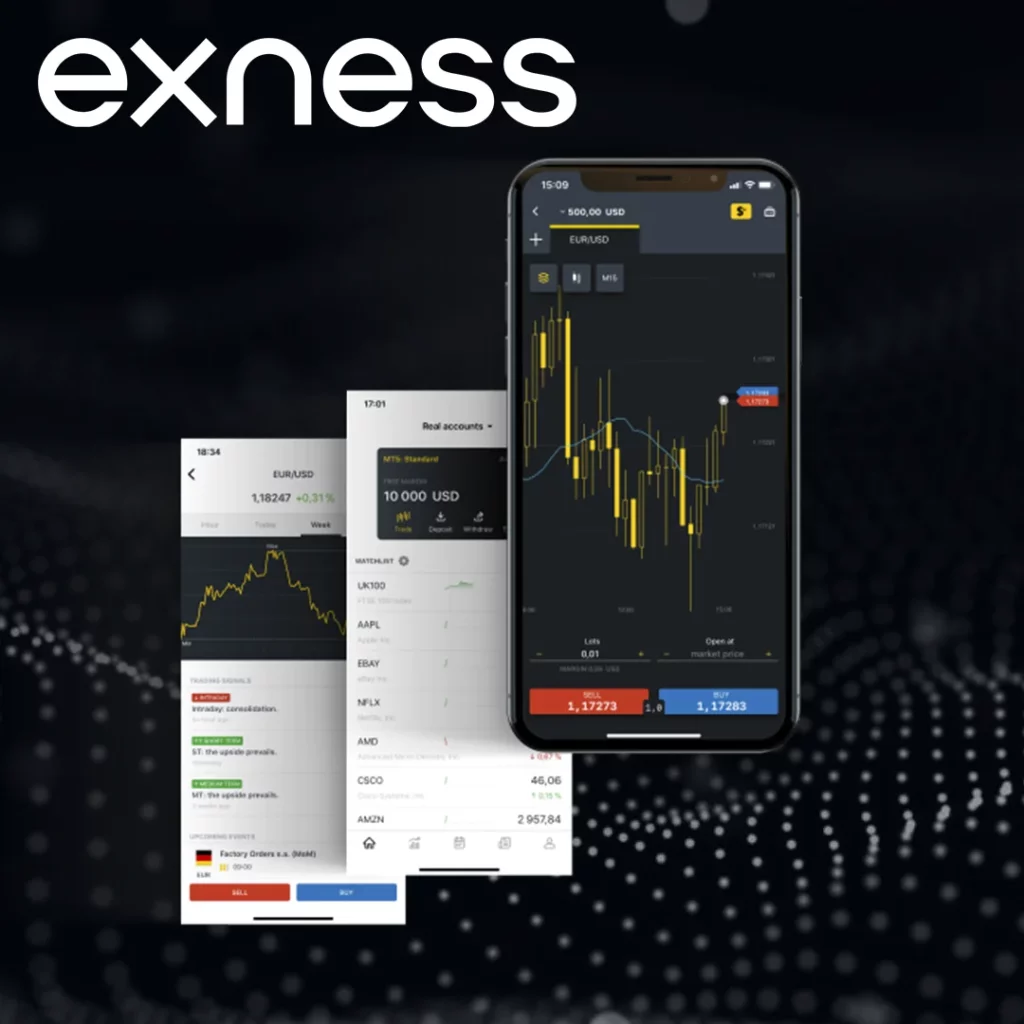
To guarantee uninterrupted service, Exness employs backup servers that activate during peak traffic or unexpected downtimes. This redundancy ensures traders experience minimal disruptions, even during volatile market conditions.
The server setup is differentiated for MT4 and MT5 platforms. For example:
- MT4 Servers: Designed for retail traders with straightforward order execution and analytical tools.
- MT5 Servers: Optimized for professional traders, offering more advanced functionalities such as market depth.
Detailed Exness Server List and Locations
The Exness server list is categorized based on platform compatibility, geographical location, and account types. Below is an expanded breakdown:
| Server Name | Platform | Location | Purpose | Primary Users |
| Exness-Real1 | MT4/MT5 | London, UK | Standard and Pro account trading | European and global traders |
| Exness-Real2 | MT4/MT5 | Singapore | Asian market access | Traders in Asia-Pacific |
| Exness-RealPro | MT4/MT5 | Frankfurt, Germany | Professional accounts | High-frequency traders |
| Exness-Demo1 | MT4 | Cyprus | Demo account simulations | New traders |
| Exness-Backup | MT4/MT5 | Johannesburg, SA | Backup server for high traffic periods | All regions during overloads |
How to Access and Configure Exness Servers
Locating Server Information
Server details are provided during account registration in your Exness Personal Area. These include server names and associated regions.
Configuring the Server on Your Platform
- On Desktop:
Navigate to File → Login to Trade Account. Enter your account credentials and select the designated server. - On Mobile Apps:
Search for “Exness” in the broker list, and choose the server corresponding to your account.
Key Metrics for Server Performance
Latency directly impacts order execution. Exness servers boast average latencies as low as 10-20 ms, depending on the trader’s location and server proximity.
Exness servers maintain a 99.9% uptime rate, ensuring constant availability for trading activities. The high reliability minimizes risks of interruptions during critical trading moments.
| Region | Server Name | Latency (ms) | Execution Success Rate (%) |
| Europe | Exness-Real1 | 12 | 99.95 |
| Asia-Pacific | Exness-Real2 | 18 | 99.89 |
| Middle East | Exness-Real1 | 15 | 99.92 |
| Africa | Exness-Backup | 22 | 99.85 |
| South America | Exness-RealPro | 25 | 99.87 |
Security and Compliance Features
Exness implements robust encryption protocols to protect all communications between client platforms and servers:
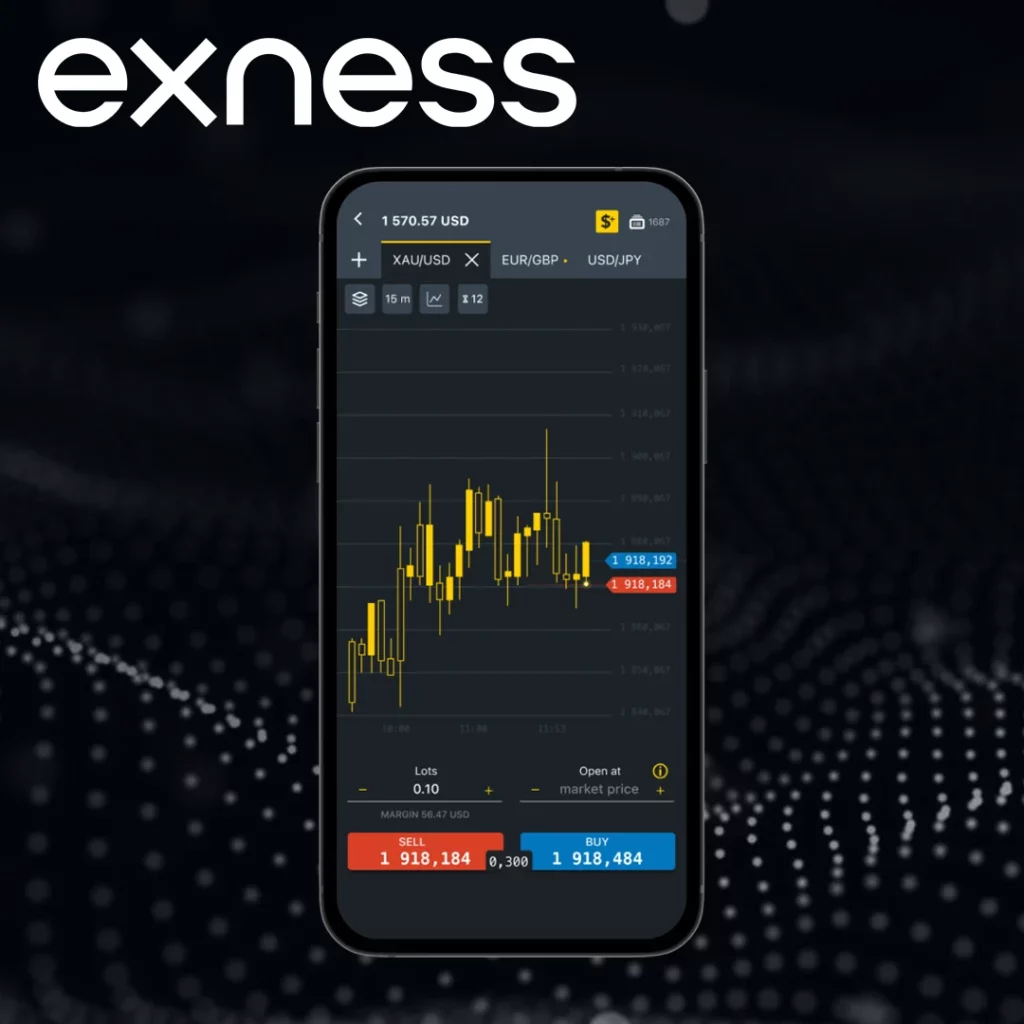
- 128-bit SSL Encryption: This industry-standard encryption ensures that data exchanged during trading sessions remains confidential and tamper-proof. It effectively prevents interception or unauthorized access to sensitive information, such as login credentials and transaction details.
- End-to-End Data Security: By encrypting data at both ends—client device and server—Exness minimizes risks associated with potential data breaches during transmission.
These measures guarantee the integrity of user data while aligning with international security practices.
Compliance with Global Standards
The Exness server network strictly complies with international data protection and financial regulations. Key compliance measures include:
General Data Protection Regulation (GDPR):
- Ensures the rights of European users are protected through transparent data handling and strict access controls.
- Regular assessments are conducted to ensure data storage and processing comply with GDPR’s requirements for personal data security.
Anti-Money Laundering (AML) Protocols:
- Exness integrates rigorous Know Your Customer (KYC) verification processes to prevent fraudulent activities and illicit financial flows.
- Continuous transaction monitoring systems are employed to flag suspicious activities and ensure full regulatory compliance.
These regulations not only protect users but also enhance the integrity of the trading environment.
Regular Audits
Exness conducts comprehensive audits of its server infrastructure to meet and exceed industry standards for security and reliability:
- Internal Audits: Regularly scheduled evaluations assess server performance, data security, and adherence to operational protocols.
- External Audits: Independent third-party organizations perform objective reviews of Exness’s compliance with regulatory requirements.
- Penetration Testing: Simulated cyberattacks are conducted to identify vulnerabilities and fortify server defenses against potential threats.
These audits and tests ensure Exness’s trading infrastructure remains secure, scalable, and compliant with evolving global standards.
Optimizing Your Connection to Exness Servers
- Use Virtual Private Servers (VPS):
Exness offers VPS hosting for high-frequency and algorithmic traders, further reducing latency. - Update Trading Platforms Regularly:
Ensure you are using the latest version of MT4 or MT5 for optimal compatibility with Exness servers. - Monitor Network Stability:
Avoid using unstable internet connections, particularly during high-volatility periods. - Switch Servers if Needed:
In case of latency spikes, switching to an alternative Exness server can maintain smooth trading.
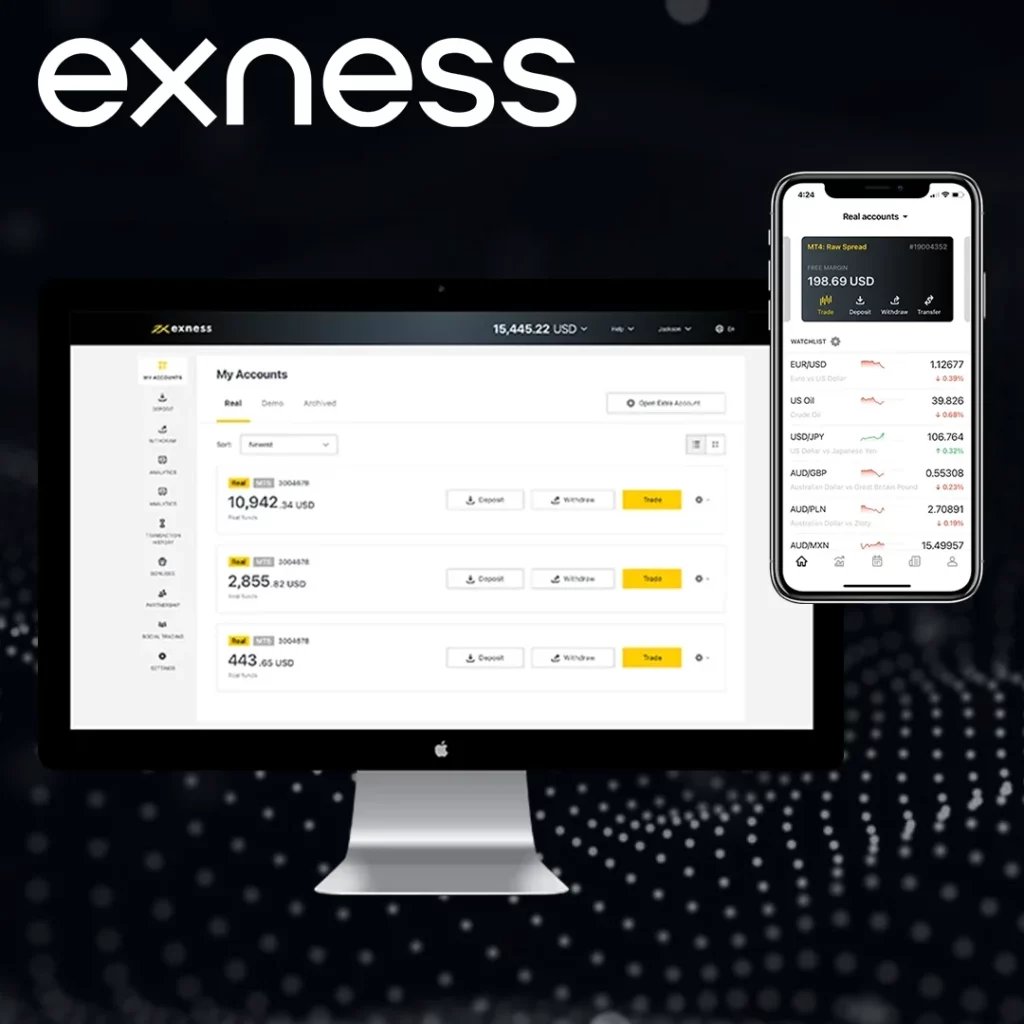
How Exness Monitors Server Performance in Real Time
To maintain its competitive edge, Exness employs advanced monitoring systems that track server performance metrics in real time. These systems provide critical data on:
- Latency: Measured across regions to ensure consistent low delays.
- Execution Accuracy: Monitoring order slippage rates and ensuring precision.
- Traffic Management: Identifying periods of peak usage to allocate resources effectively.
Real-time performance tracking helps Exness anticipate and address technical bottlenecks before they affect traders, ensuring uninterrupted service.
Popular Instruments and Server Load Management
Exness servers support trading across forex, commodities, indices, and cryptocurrencies. Below is a snapshot of instrument-specific server loads:
| Instrument | Average Trades/Hour | Server Load (%) |
| EUR/USD | 15,000 | 60 |
| Gold (XAU/USD) | 8,500 | 50 |
| NASDAQ Index | 5,000 | 40 |
| Bitcoin (BTC/USD) | 6,000 | 55 |
During high market volatility, backup servers such as Exness-Backup dynamically handle increased trading volumes, ensuring uninterrupted operations.
Technical Case Study: Impact of Latency on Scalping Strategies
Scalping strategies thrive on minimal latency. For example, a trader executing 1,000 trades per month on EUR/USD can save up to $1,250 monthly by reducing latency by 5 ms. Exness servers, with their global distribution, provide a decisive edge in such scenarios.
Future Developments in the Exness Server Network
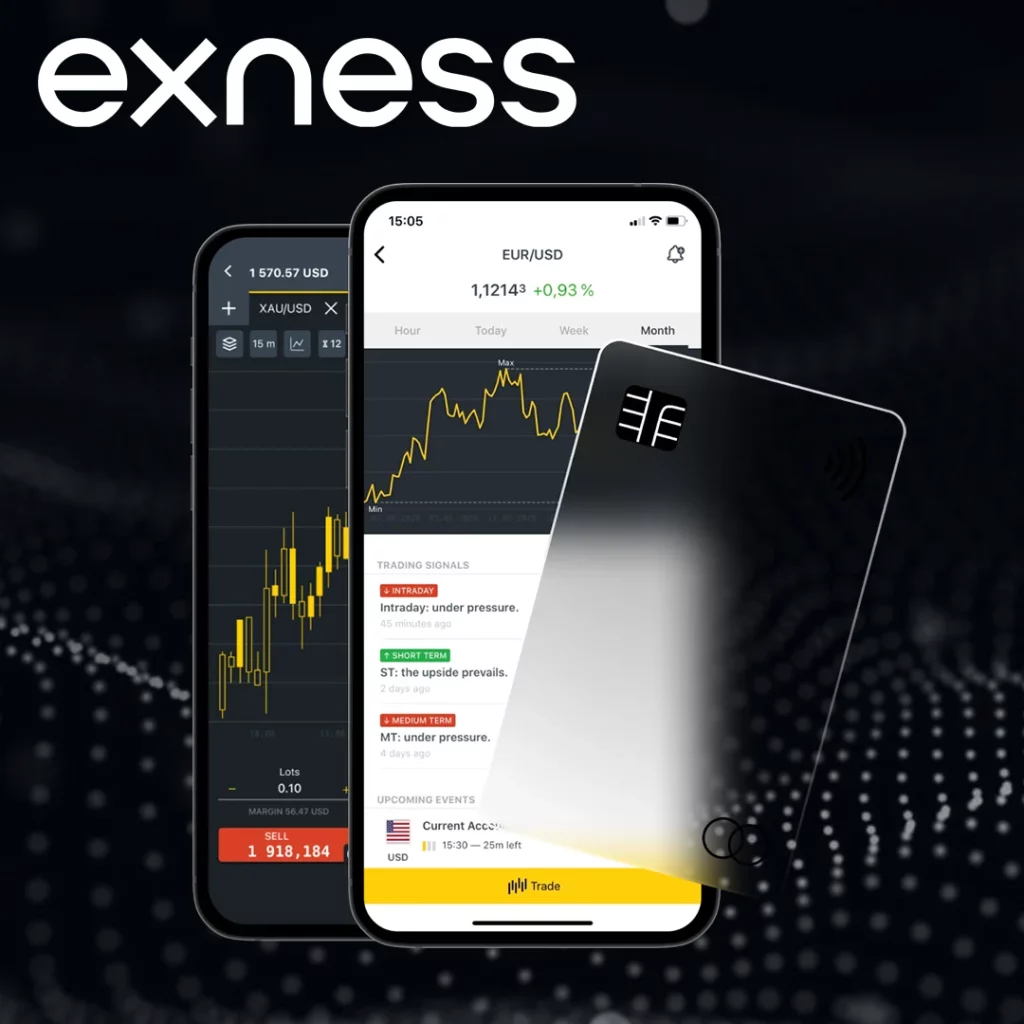
Exness continually expands its server capabilities. Upcoming developments include:
- Enhanced AI-driven load balancing for real-time optimization.
- Integration of blockchain technology for added transparency in transaction records.
- Deployment of additional servers in emerging markets such as South America and Africa.
How to Troubleshoot Connection Issues with Exness Servers
While Exness servers are highly reliable, traders may occasionally face connection issues due to external factors. Here are steps to troubleshoot common problems:
- Check Internet Connection: Ensure a stable and fast network connection.
- Verify Server Selection: Confirm the correct server is chosen in the MT4/MT5 platform.
- Contact Support: Use Exness’s 24/7 multilingual customer support for assistance in resolving server-specific issues.
- Use a VPS: If issues persist, consider utilizing a Virtual Private Server to bypass local connectivity problems.
This proactive approach minimizes downtime and ensures seamless trading experiences.
Conclusion
The Exness server list is a cornerstone of the company’s infrastructure, delivering reliable, secure, and low-latency trading experiences. From global server distribution to high-performance metrics, these servers cater to traders’ diverse needs across regions and account types. By optimizing your server connections and understanding their functionality, you can maximize the benefits of trading with Exness.

Trade with a trusted broker Exness today
See for yourself why Exness is the broker of choice for over 800,000 traders and 64,000 partners.
FAQ
What is the Exness Server List?
The Exness Server List refers to the network of servers used by Exness to support trading on platforms like MT4 and MT5. These servers ensure low latency, high reliability, and secure connections for traders globally.

